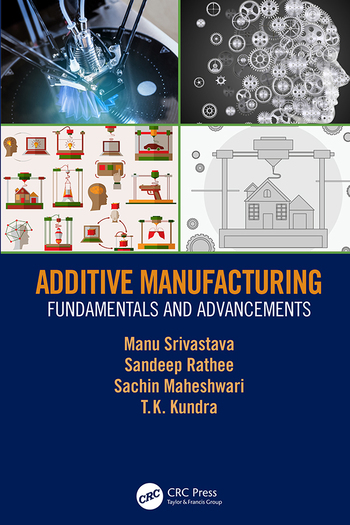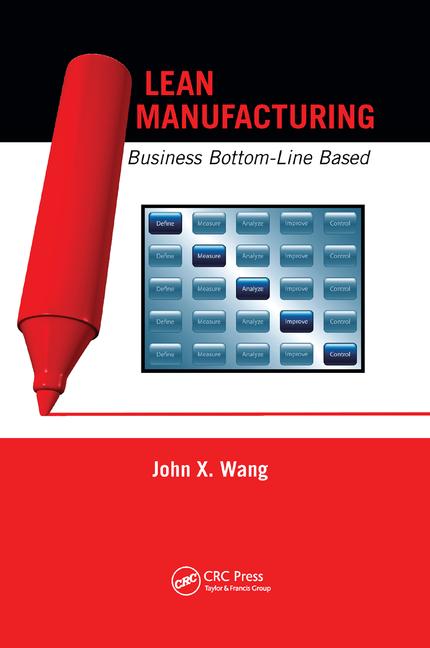The things I did when I was a kid or young adult are things I would not consider doing as an adult—well, most of them anyway. I started my exploration of transportation equipment with a tricycle. Then, I graduated to bicycles, motorcycles, cars, trucks and forklifts. People mature. Our skills and competencies increase.
Similarly, the process of developing new products also goes through levels of maturity. We start with models, then move on to prototypes, advanced prototypes, and so on, until we reach the final design.
Of course, the term product development is a bit of a misnomer. It gives the illusion that engineers are working solely on the new product. In fact, product development includes development of the supply chain and the assembly line, as well. Just as a new product evolves from model to prototypes to final design, the assembly line for that product will go through advancing levels of sophistication and capability. The goal is to learn and improve the process on the way to full-scale production.
Our guidance for this effort will be the control plan. This document focuses the manufacturing development effort. It identifies and describes the process steps along with the controls required at each point in development of the line. The objective is to create an assembly line that will produce consistently high quality results throughout the life of the product.
The various manufacturing readiness levels are as follows:
The early phases of manufacturing readiness consist of technology development. These are necessarily not part of manufacturing line development. Specifically, we are trying to understand the physics that might be associated with manufacturing. Is it even possible to make the product, as conceived, with current technology? It could be argued that levels 1 and 2 are strategic operations development. It is possible level 3 could be associated with a specific production line setup.
Level 1, physics basis and implications.
Level 2, concepts identified.
Level 3, proof of concept developed.
Level 4, produce concept in a lab.
Level 5, produce prototype component in a relevant environment.
Level 6, prototype system in a relevant environment.
Level 7, produce systems in a production environment.
Level 8, pilot line capability demonstration (trial production run).
Level 9, low-rate production demonstration (trial production run).
Level 10, full-rate production demonstration in place (run at rate).
Control Plan Elements
The control plan will help us move along as we develop the assembly line, learning about processes and adjusting our approach to assembling the product. The control plan consists of the following elements:
- Part and supplier information, including part numbers, supplier information, and approval and revision dates.
- Process steps, including a name and description of each step and equipment reference numbers.
- Product and process characteristics, including critical quality characteristics.
- Control methods, including tolerances, measurement techniques, sample size and frequency, control methods, and error reaction plans.
The latter is particularly important, since these are the ways by which we will control key attributes of the product and assembly line.
The design maturity and the manufacturing line maturity overlap. Very early prototype parts will likely have nothing to do with the eventual assembly line. For example, early parts might focus solely on the dimensional attributes of the product. These can be 3D printed without any need for a manufacturing line. Indeed, early prototypes could simply be cardboard representations. Whatever we can do to learn quickly and adequately is fodder for exploration.
As we develop the assembly line, the new product design will become more refined, and the product will incrementally gain more features and functions. We will have part drawings in various iterations. We will know the results dimensional and fitment checking. We’ll know the results of various designs of experiments to determine process parameters.
Assembly lines do not show up instantaneously. They start from humble beginnings and grow as we learn what is needed and what we can reliably control. With the right actions, it will emerge as a competent and cost-effective line. Some things we will already know and can put in place. Other things, such as new technologies, may require learning. The control plan is the incremental road map of our manufacturing maturity and readiness. We will experiment, measure, test, adapt and adjust. We will prioritize our efforts with the goal of maturing the manufacturing process and creating a line that can assemble the product at the expected volume and quality level.
About the Author
The author of numerous books on project management, Jon has held engineering and management positions at Volvo Trucks, PACCAR and other companies. Email Jon at jon.quigley@valuetransform.com




